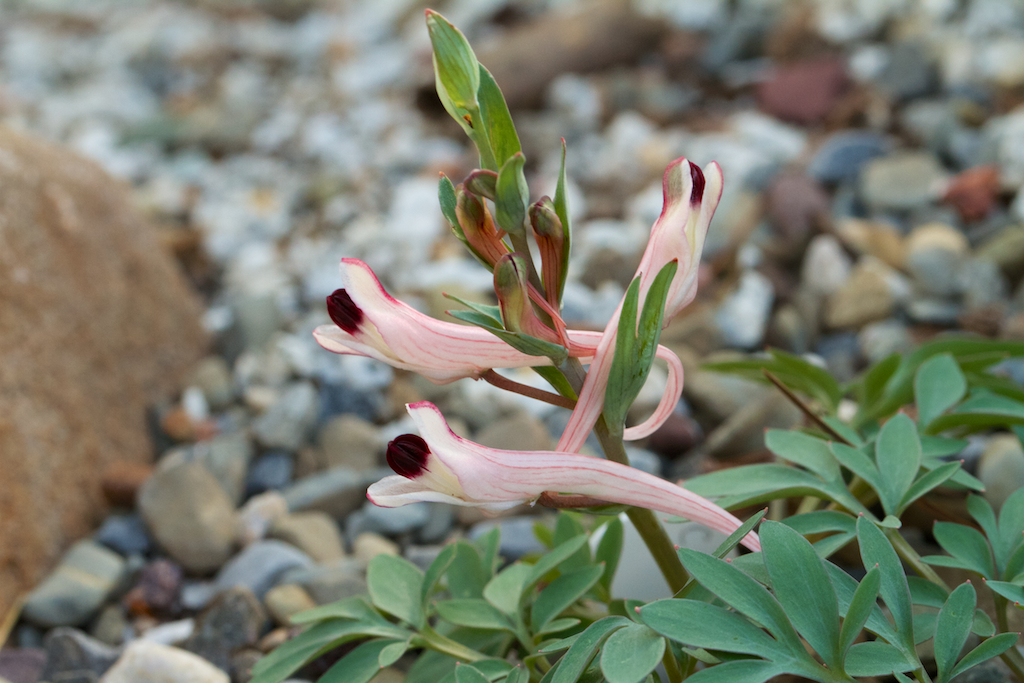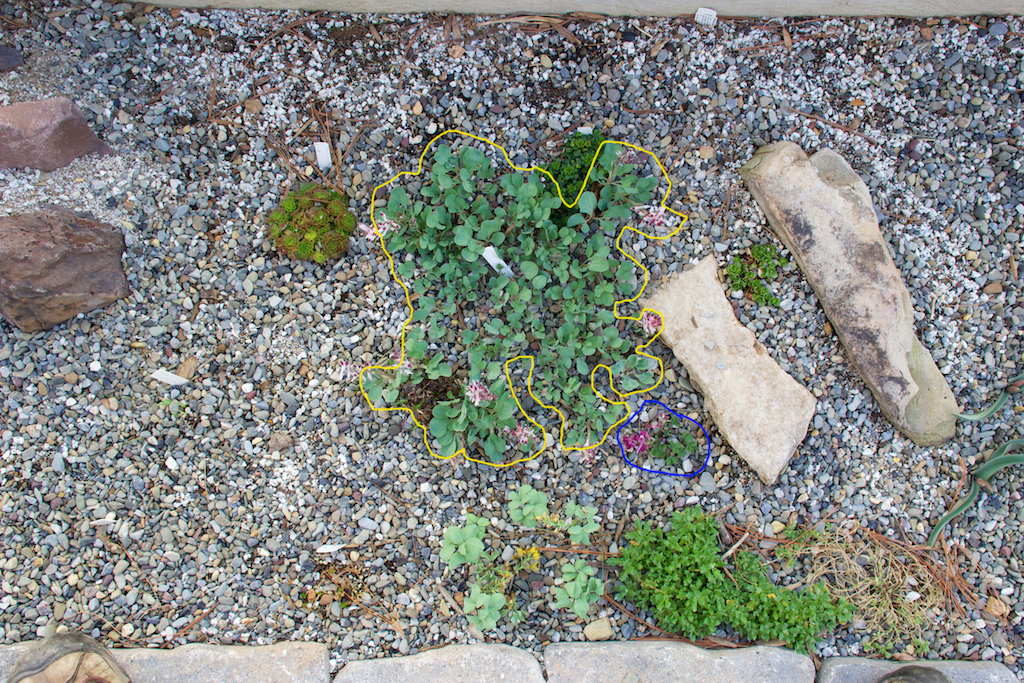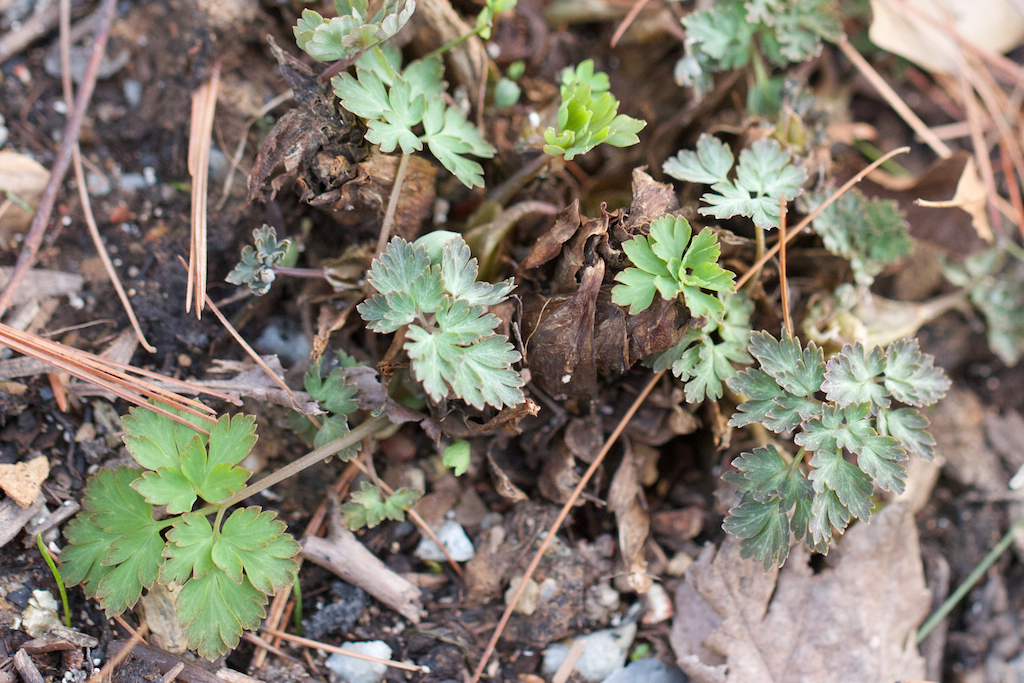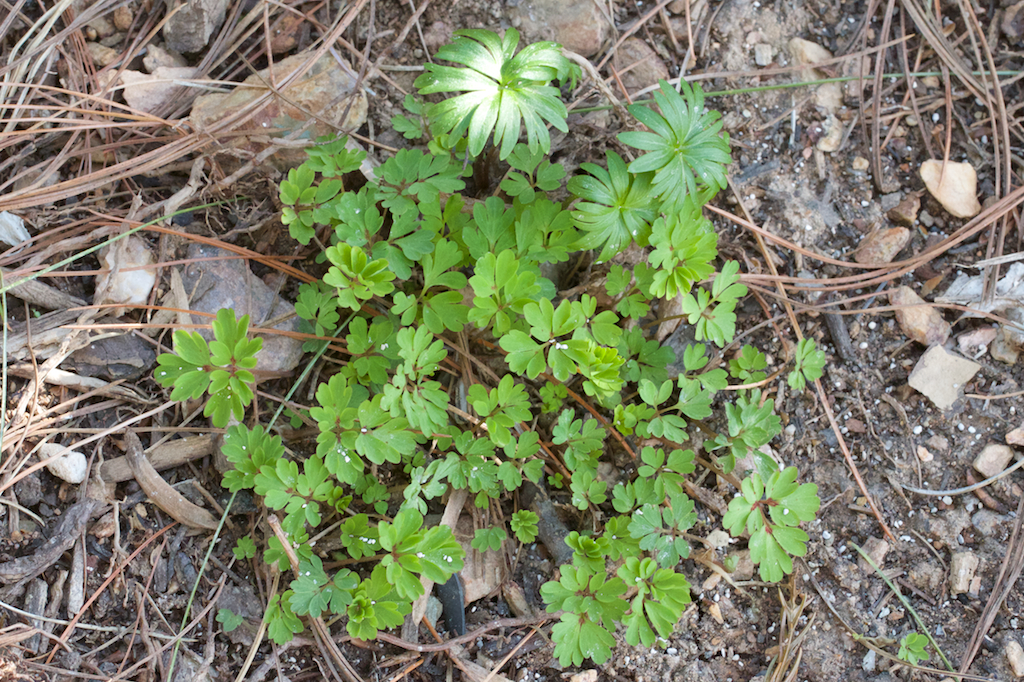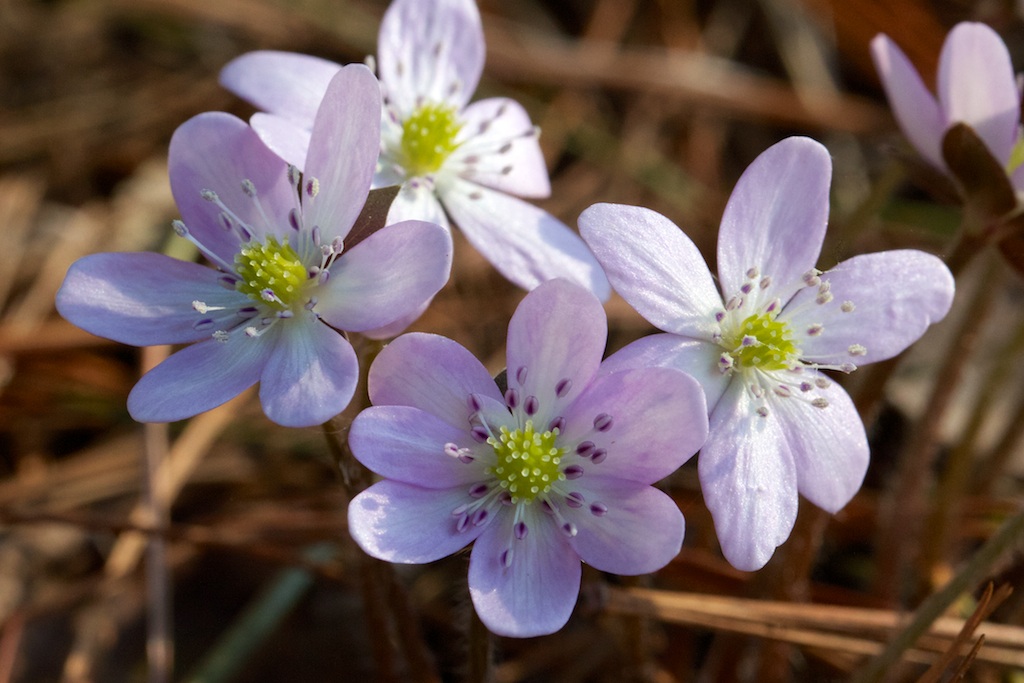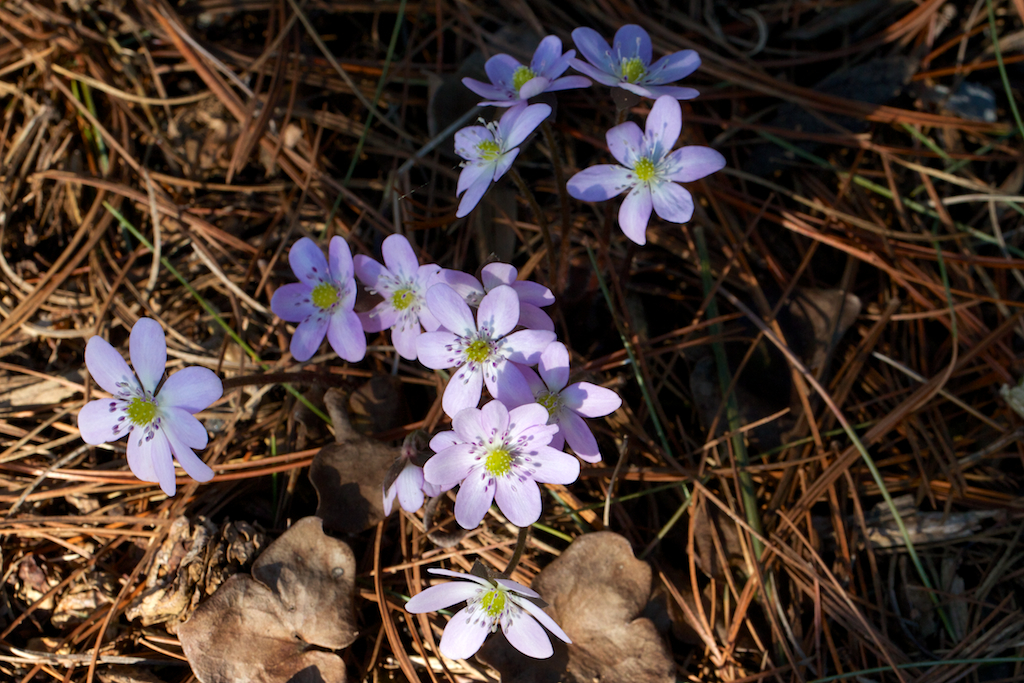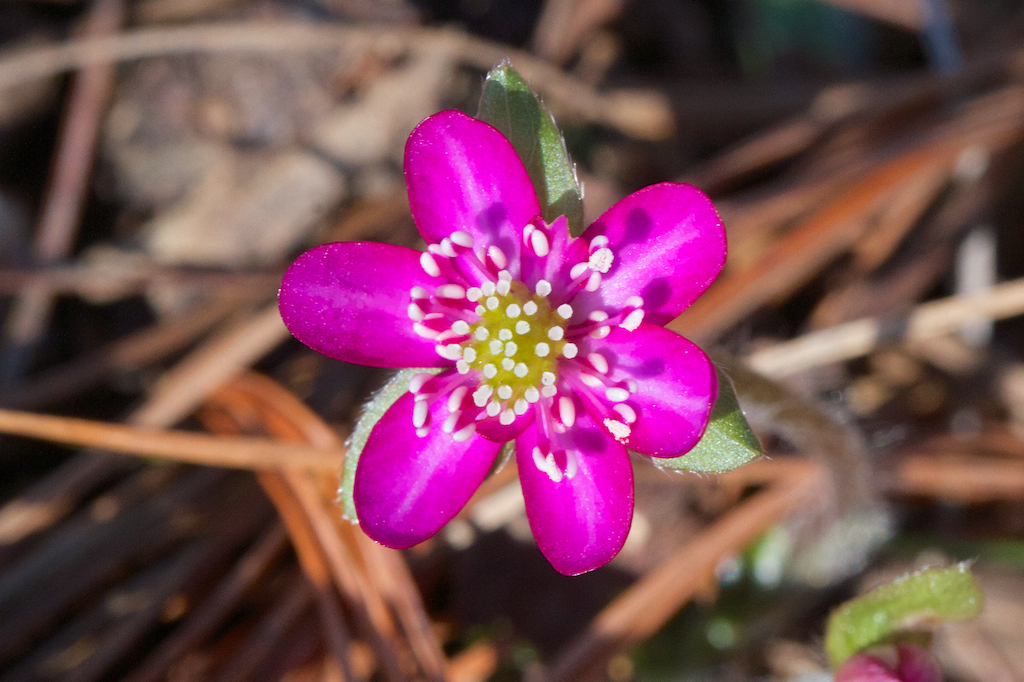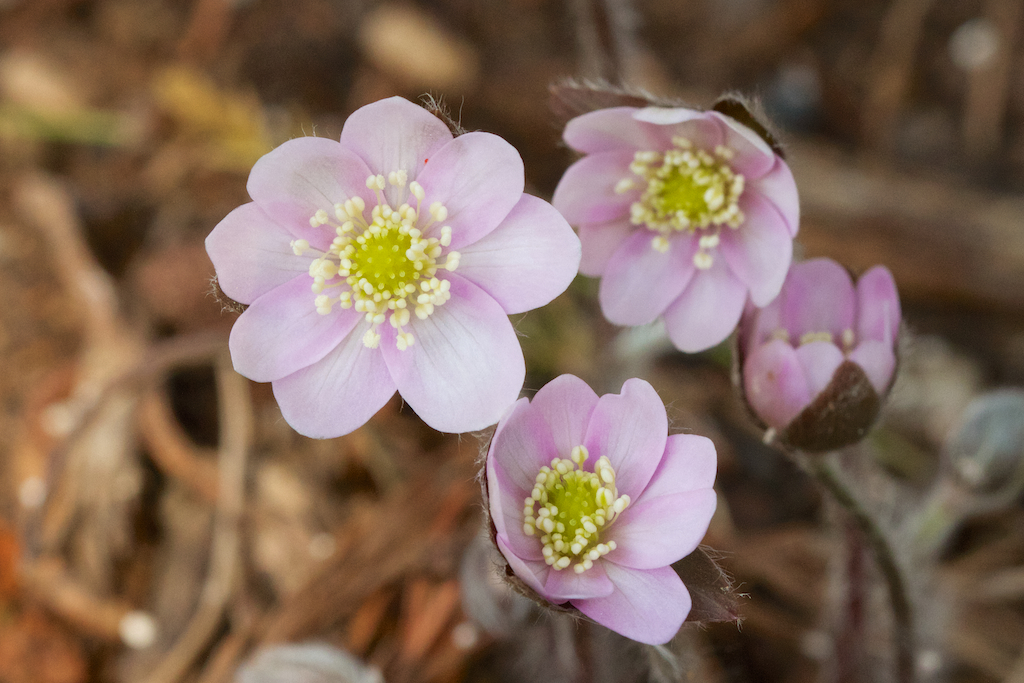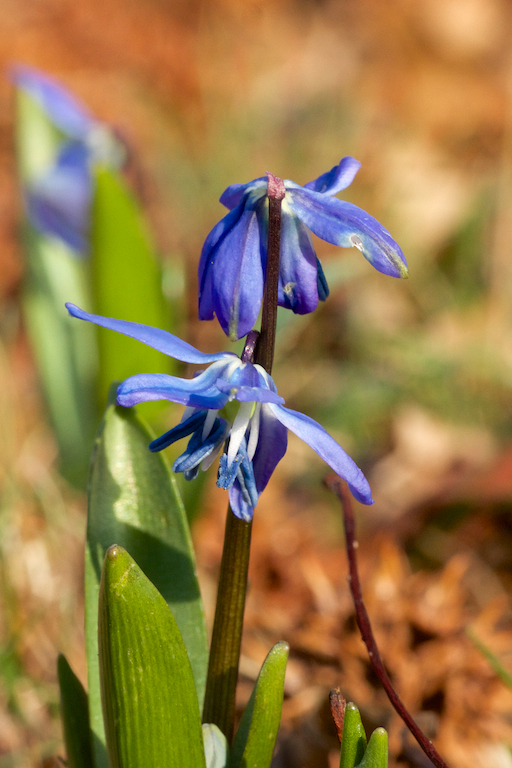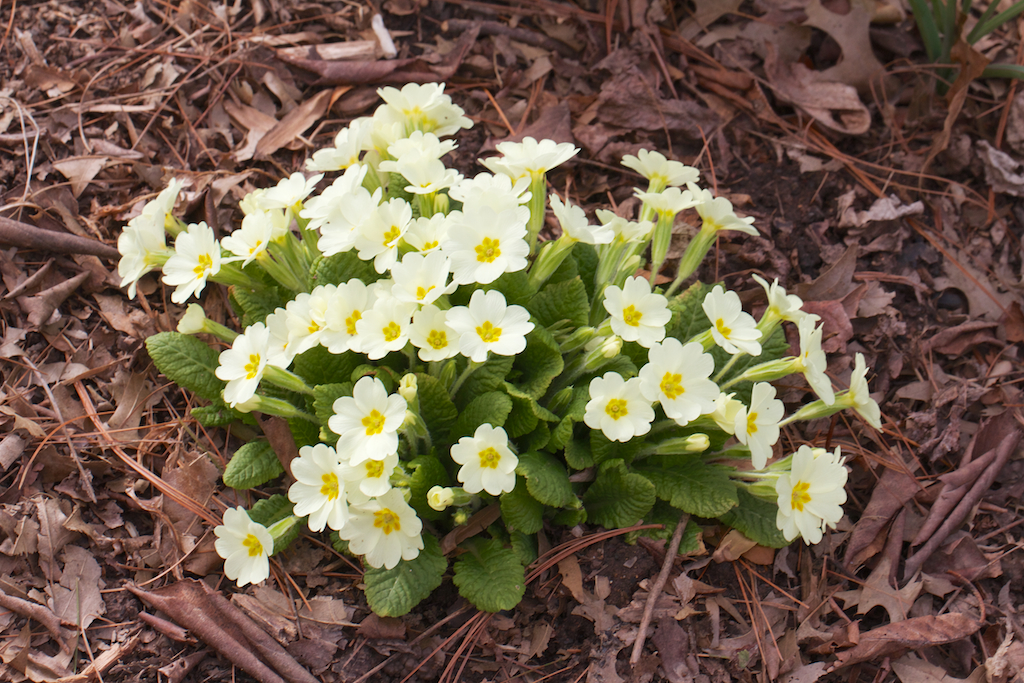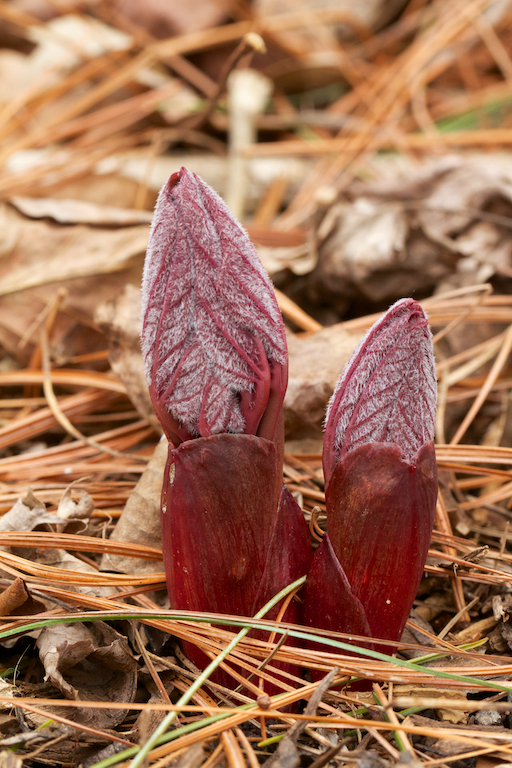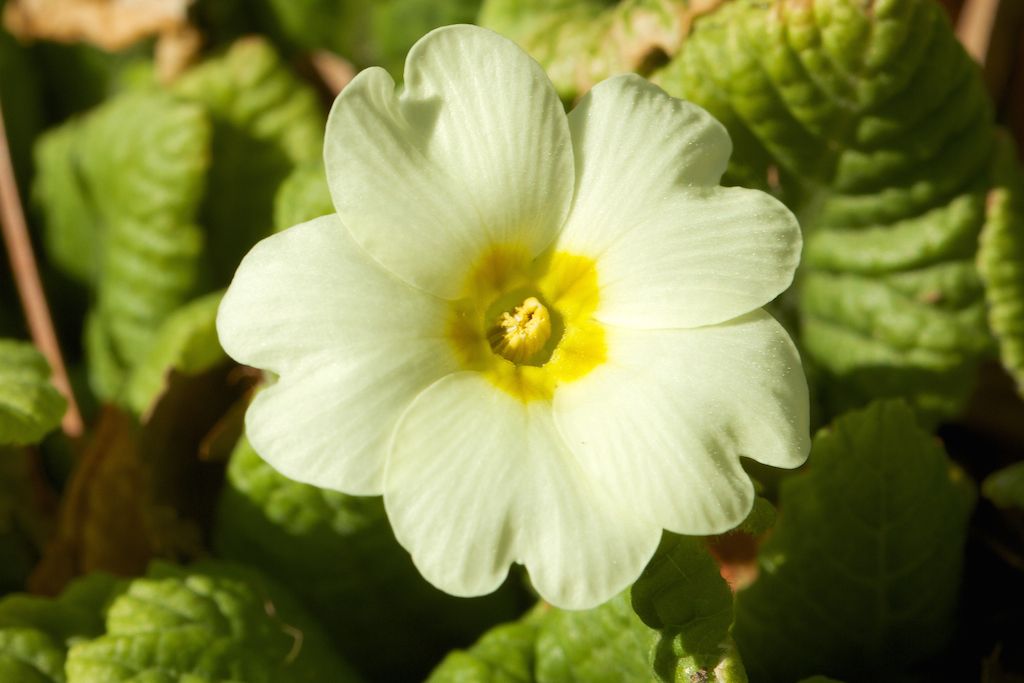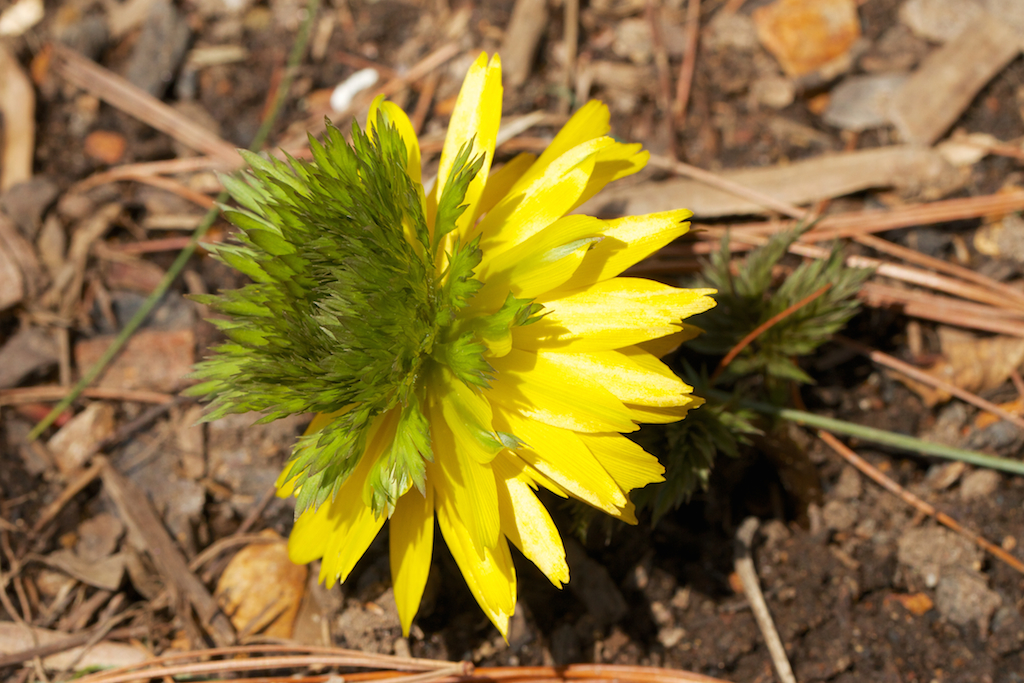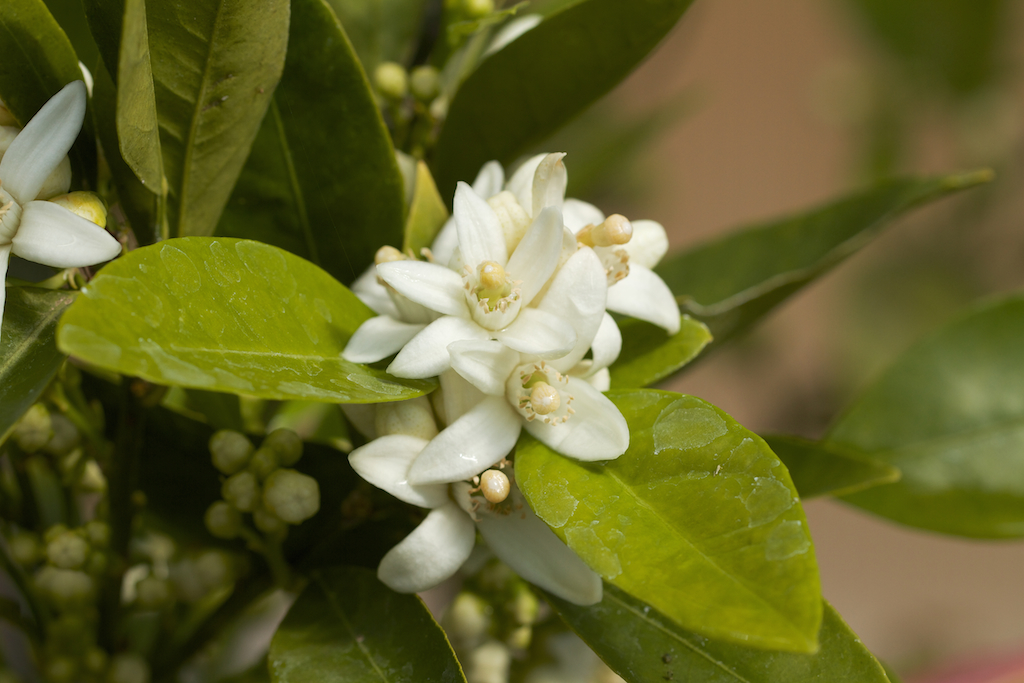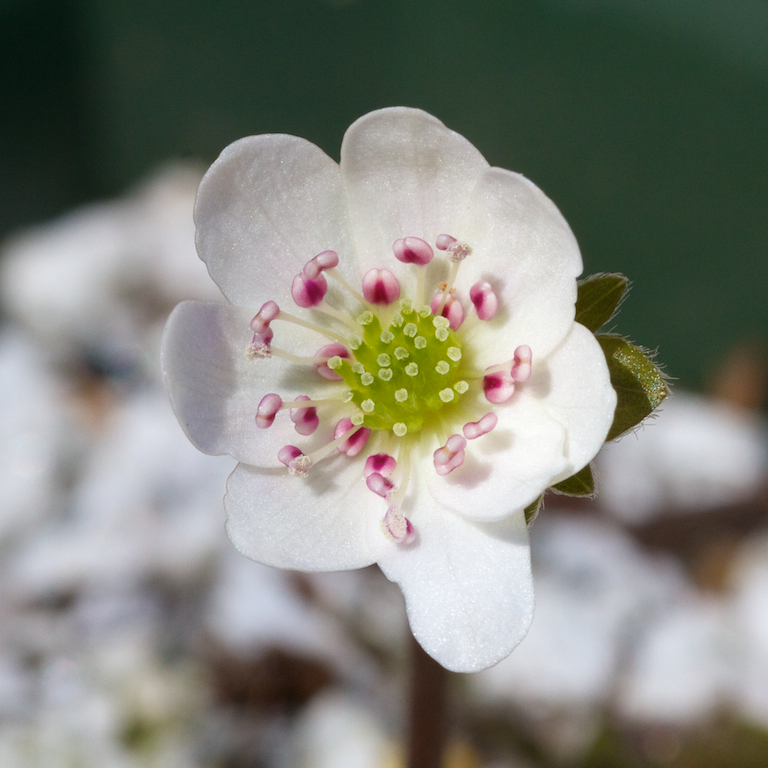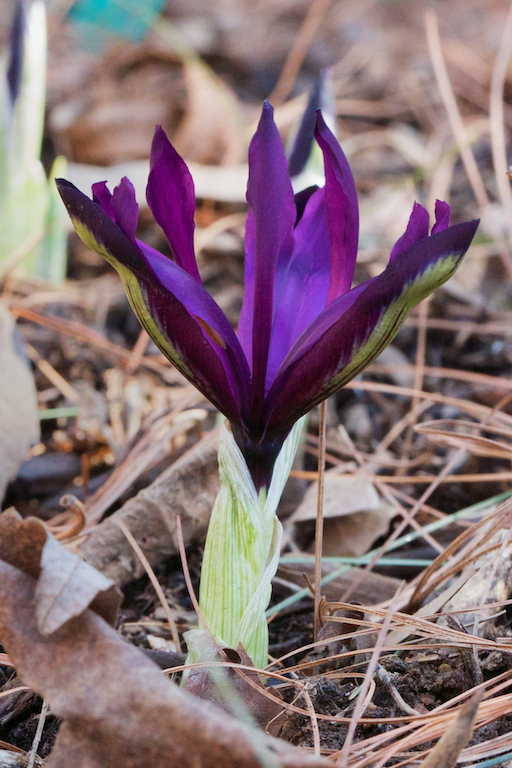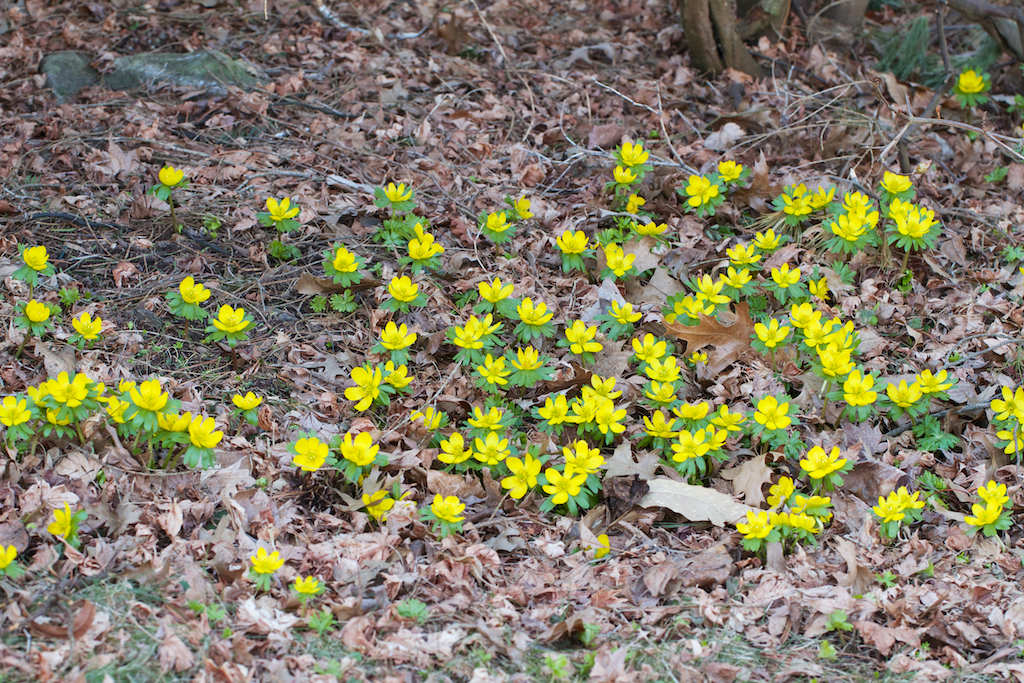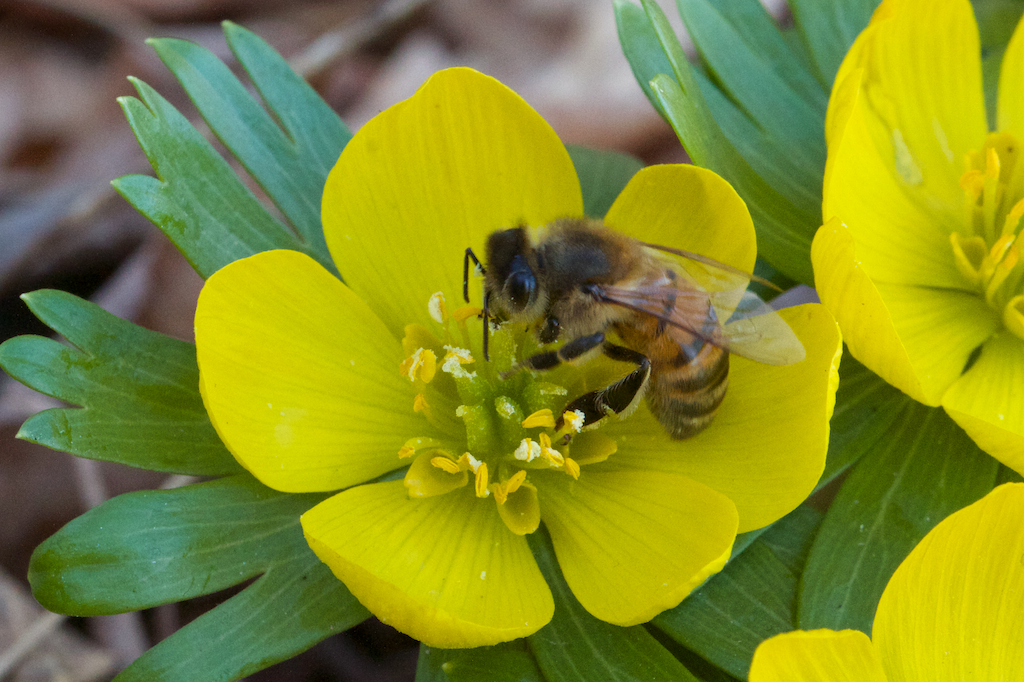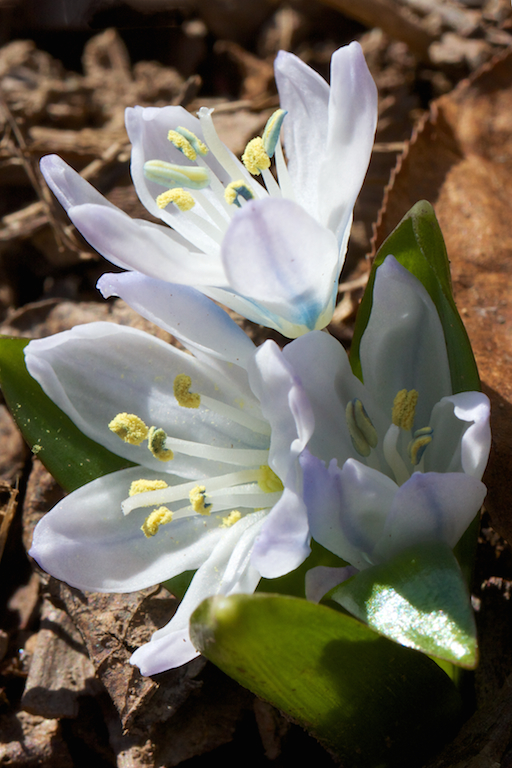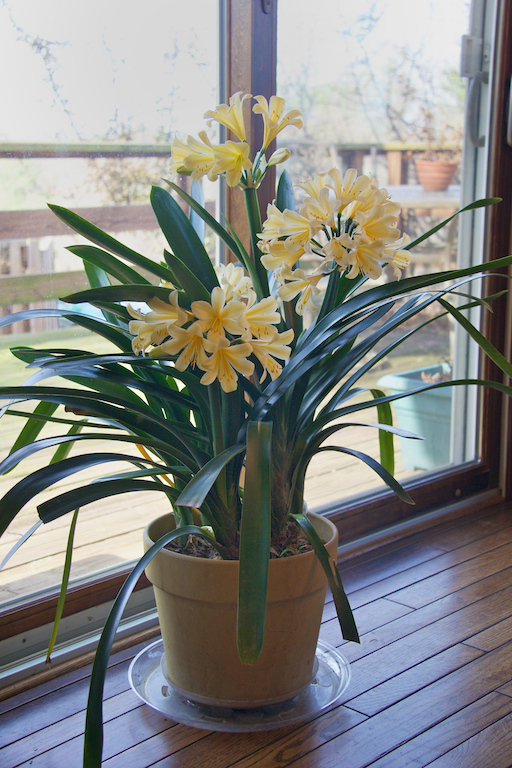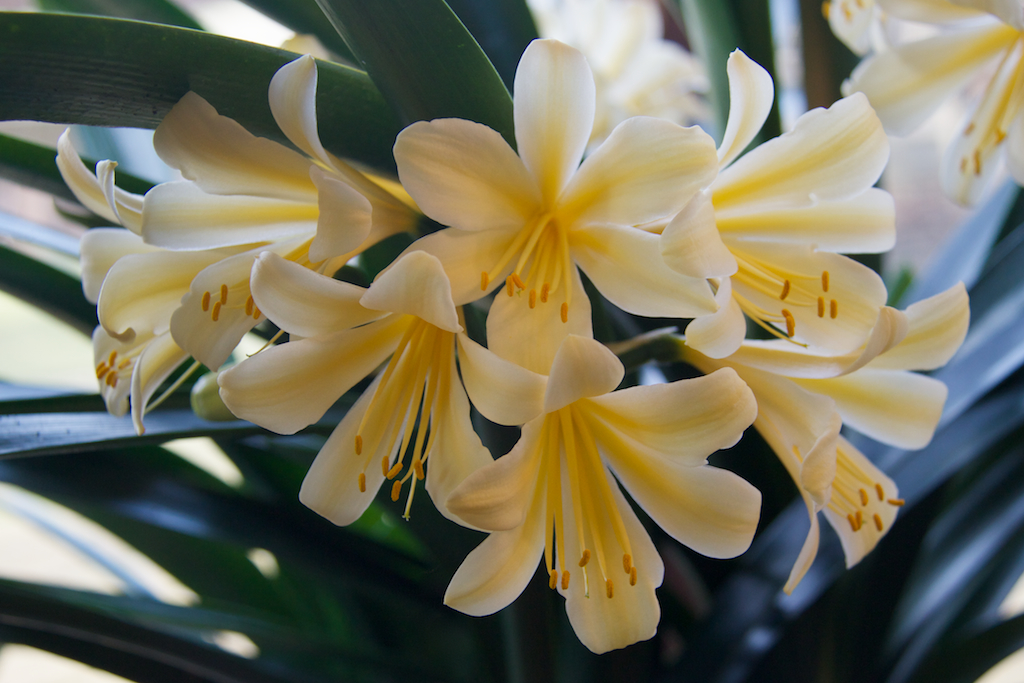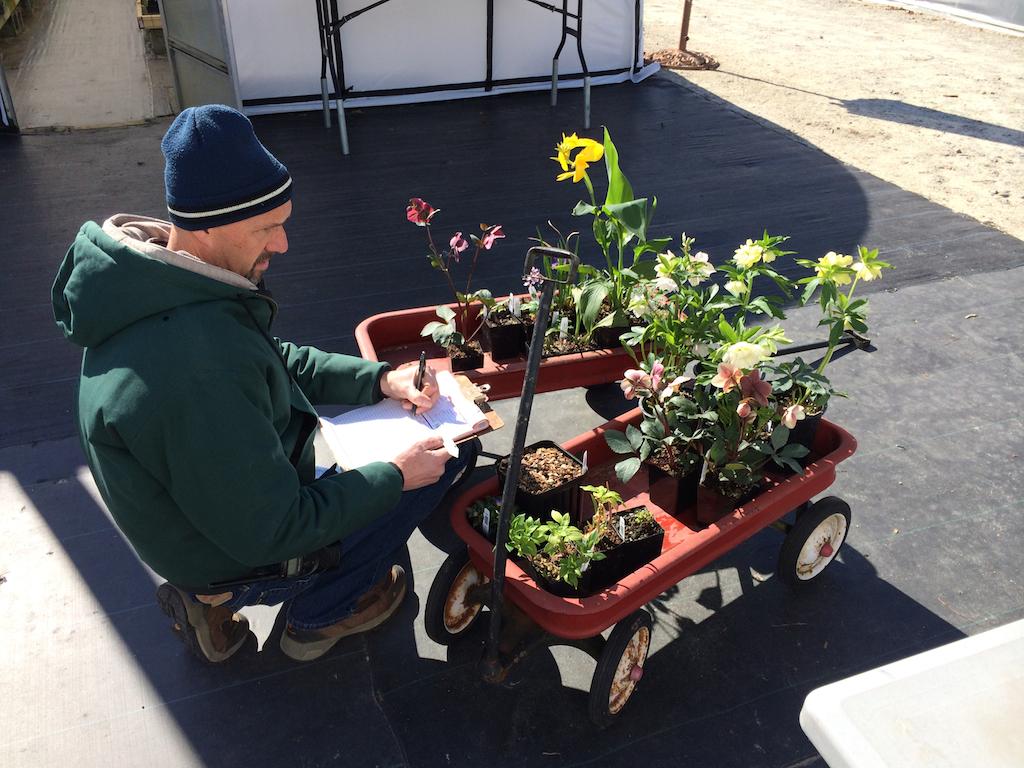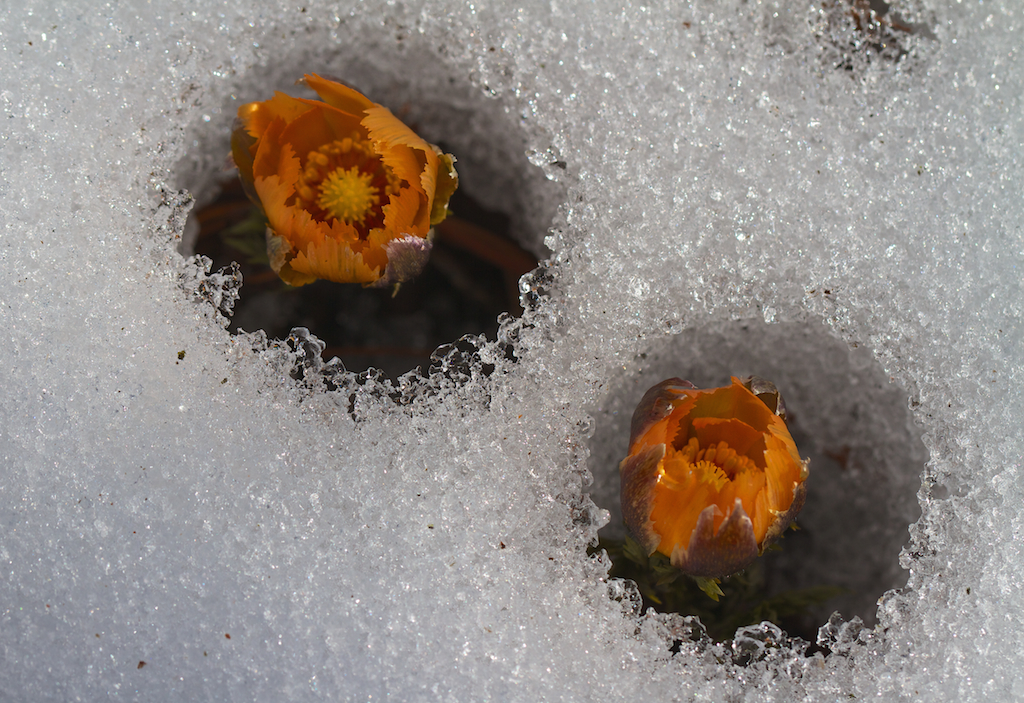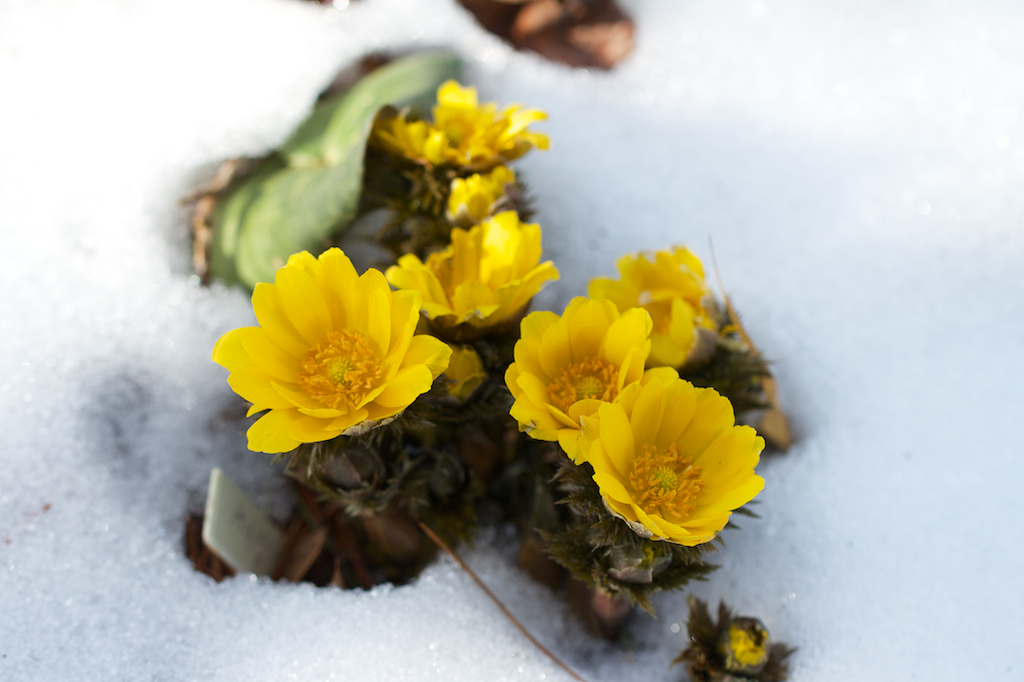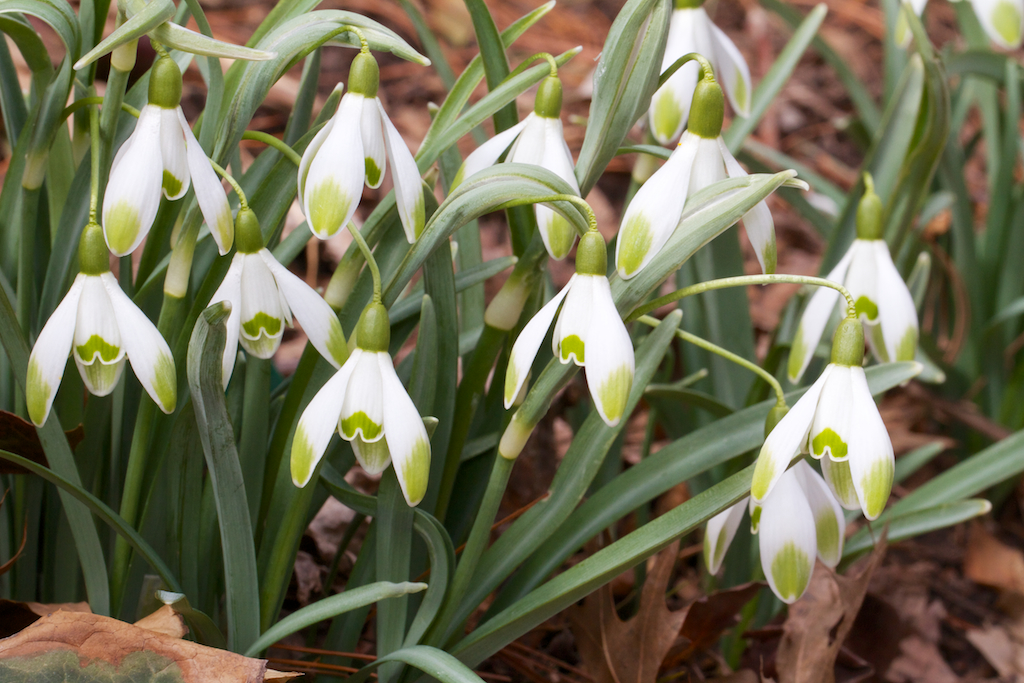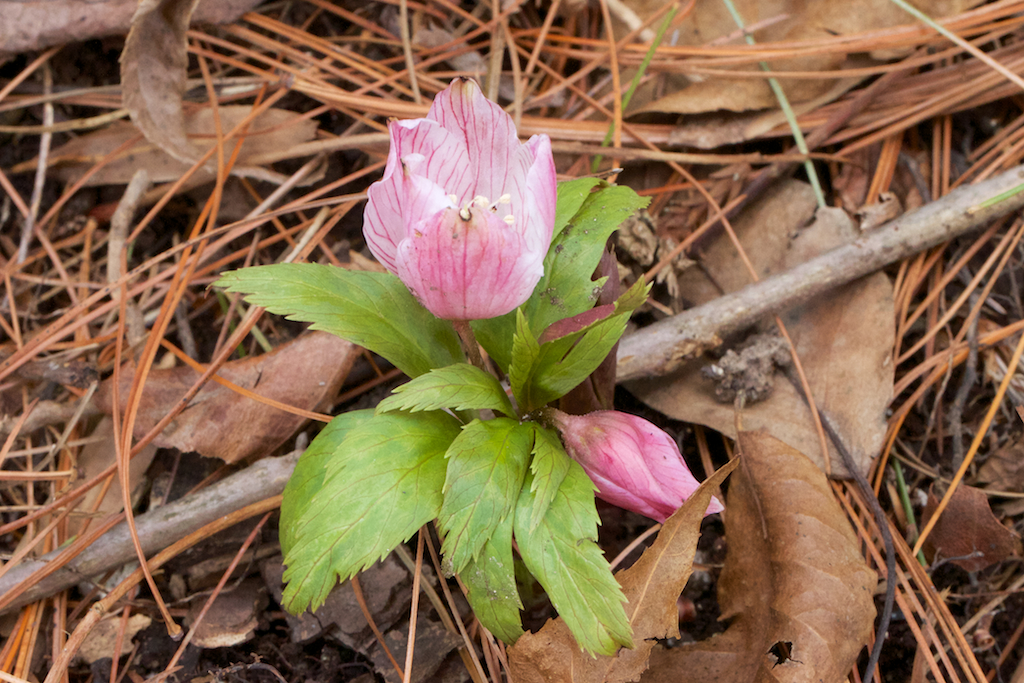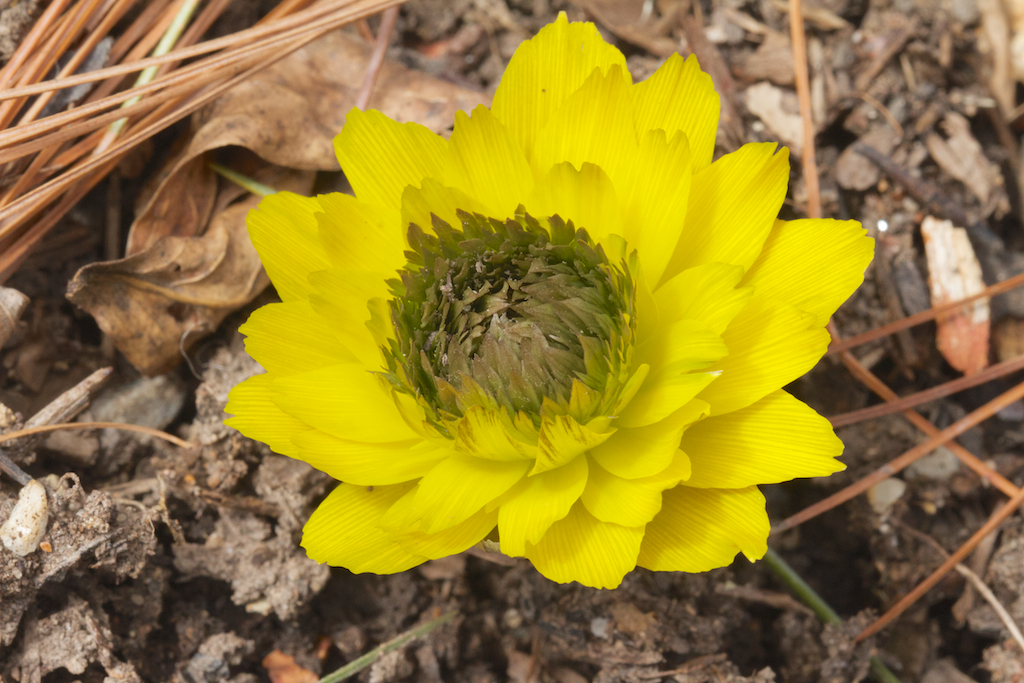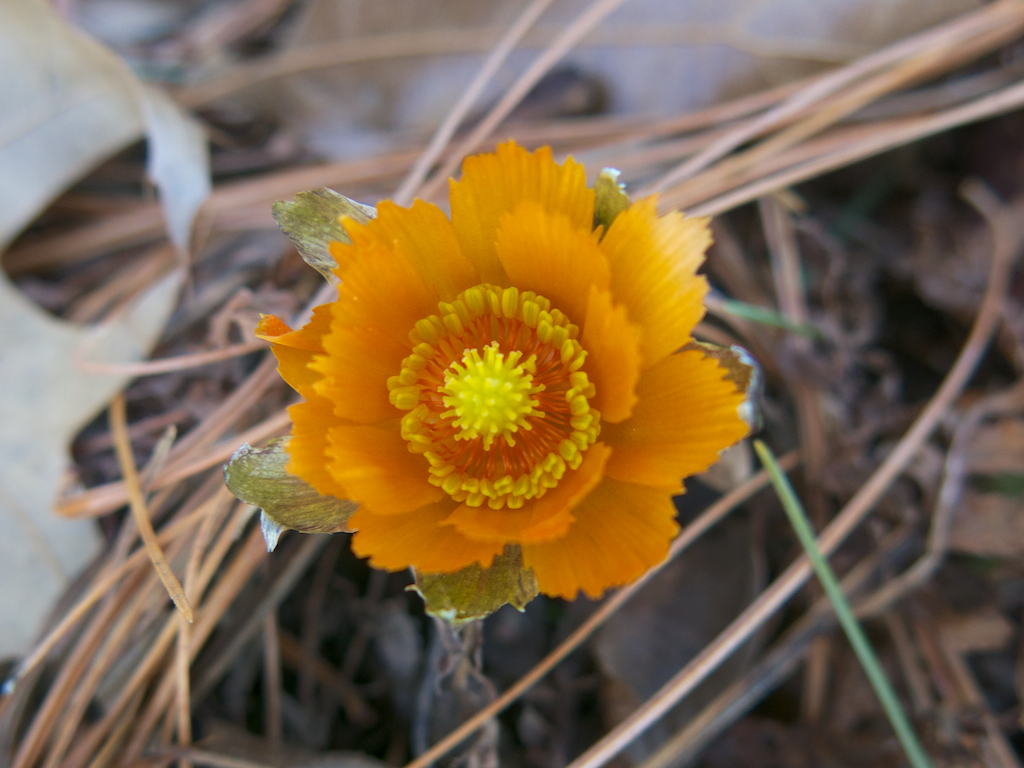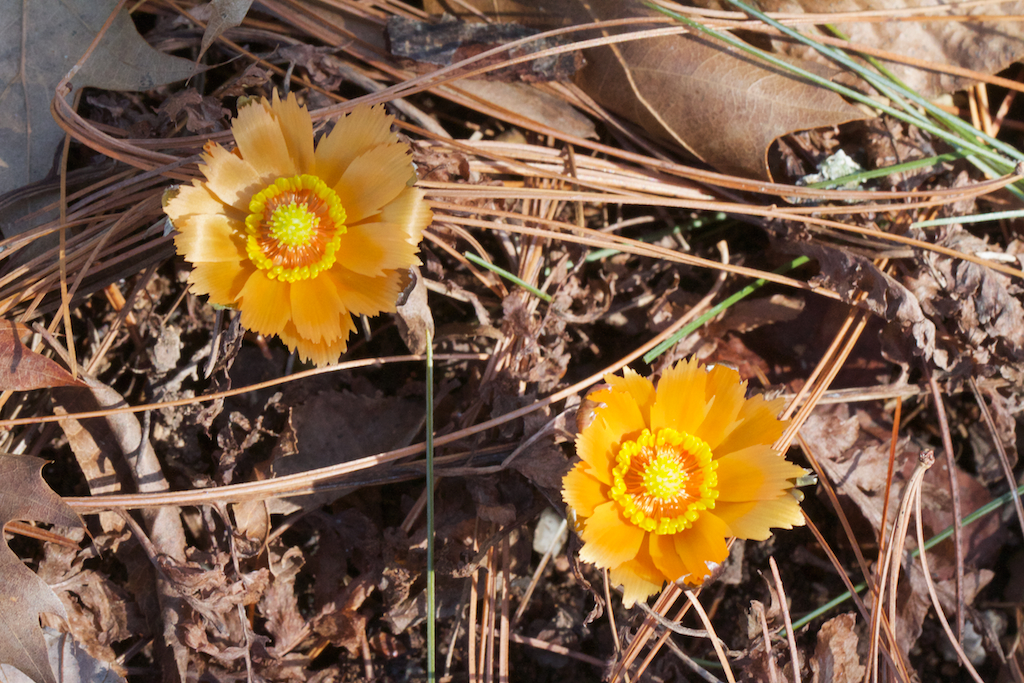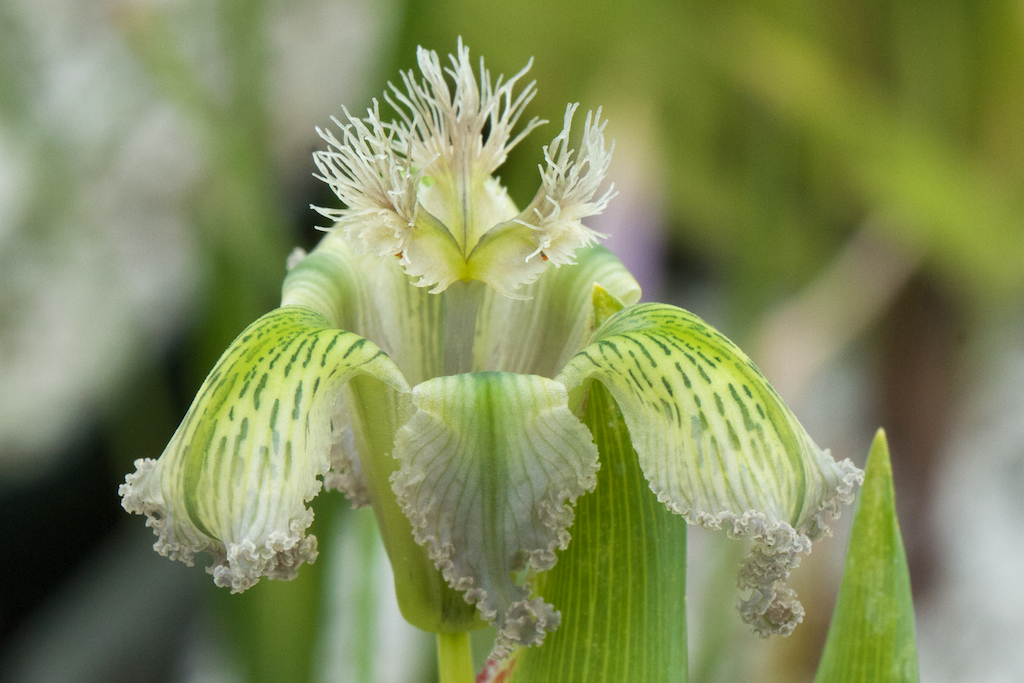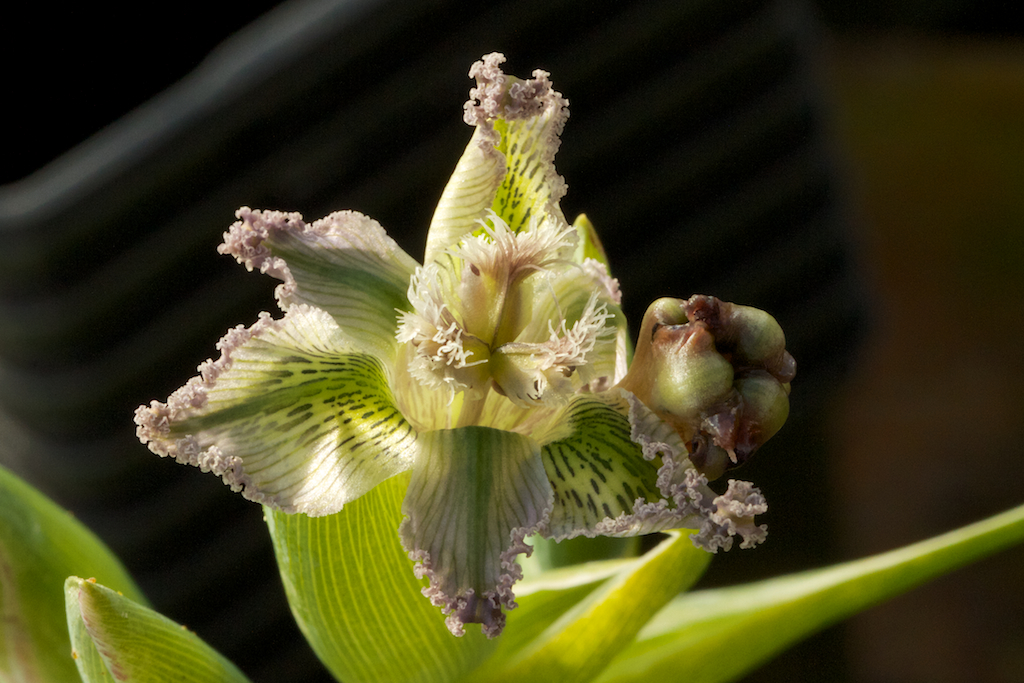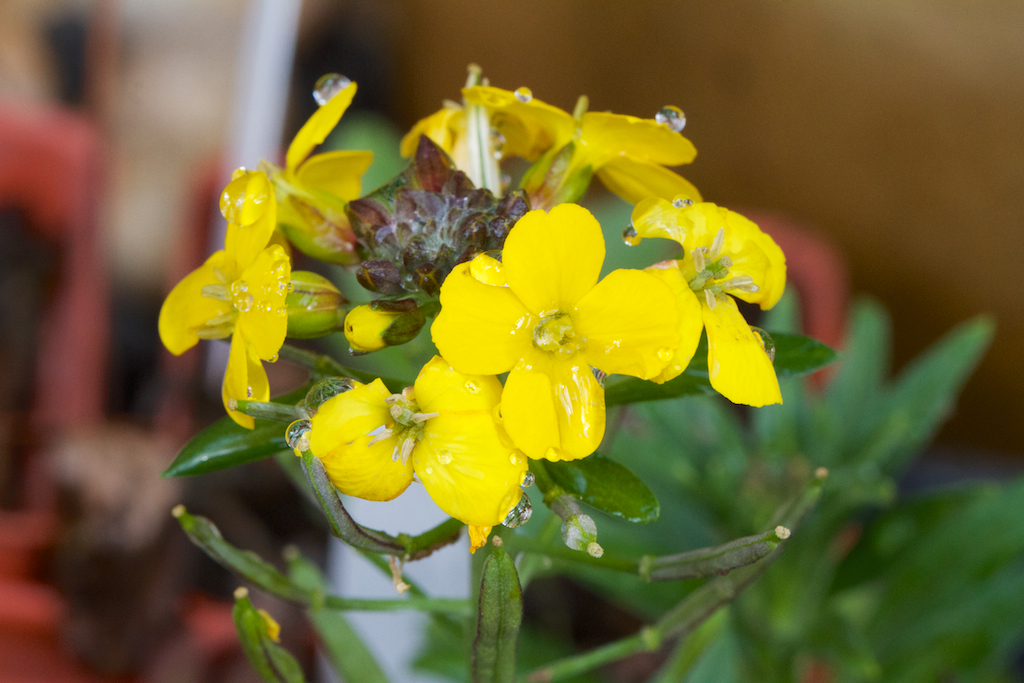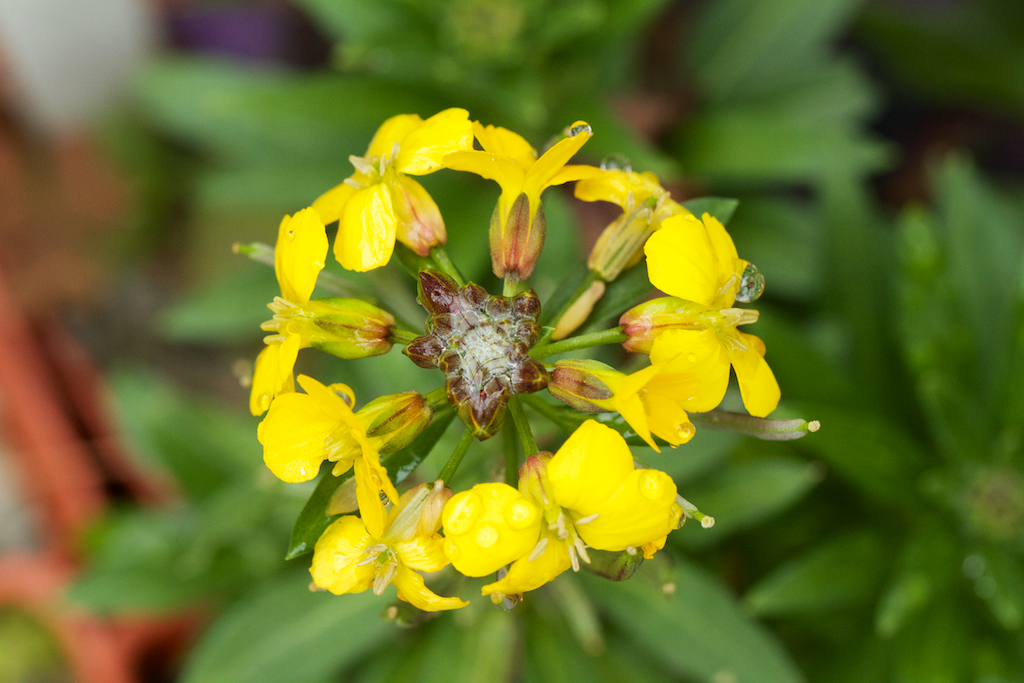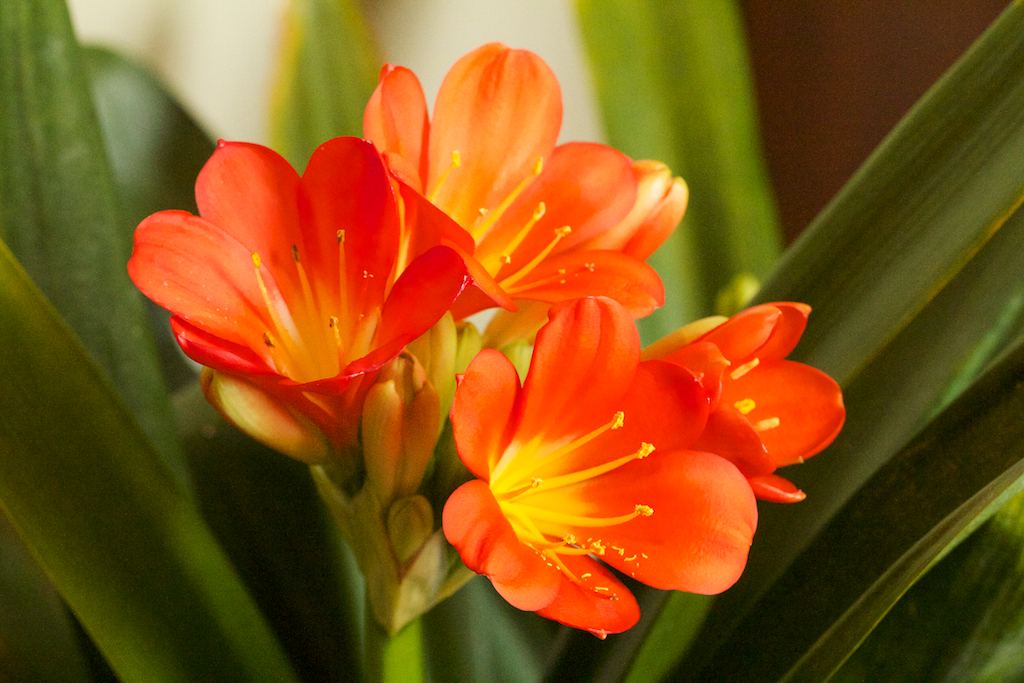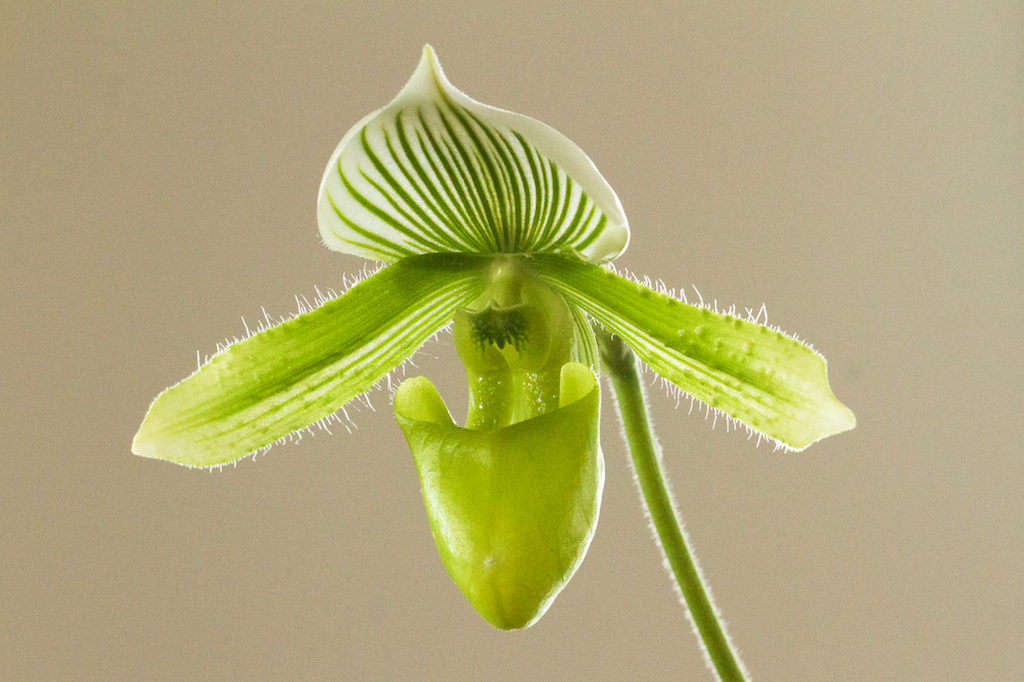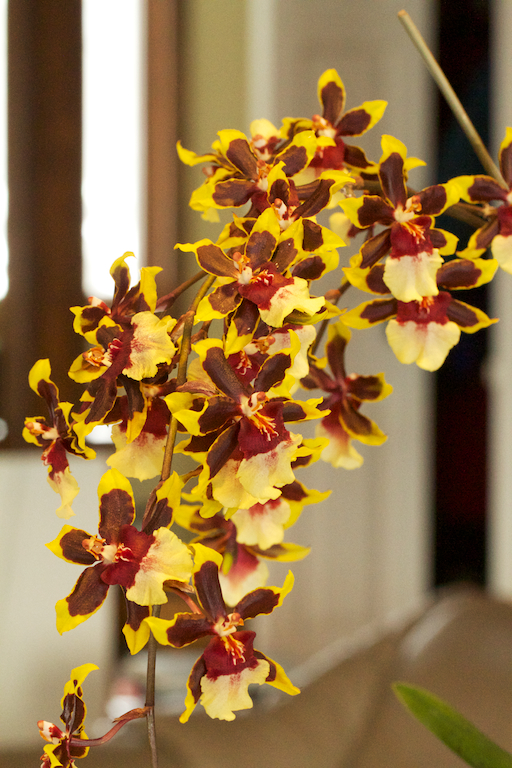I was walking in our woods this week and found this lovely Corydalis that I had planted last year. Anything that has overcome our brutal winter and the voracious deer that thrive in our woods deserves to be celebrated.
There are over 450 species of Corydalis and 150 of those were only discovered after 1980. They range from forests to mountains to meadows and are encountered as tuberous ephemerals, evergreens, and annuals. Though they are found all over the world, the center of this incredible diversity is Western China and that’s where the newer species have come to light. For the avid gardener new hybrids are adding to the mix of growing opportunities. Loosely speaking, most of the Corydalis you will find in commerce are divided into forest plants (woodsy soil) or mountain growers (fast draining rock garden mix).
Last year I ordered in a variety of the tuberous types to populate the new garden beds we’ve made and we’re starting to see the results.
Most of these are beautiful flowers with compact, deeply divided, almost ferny, foliage. The exception is Corydalis ledebouriana which is anything but compact. Growing from a single tuber it has exploded in the Alpine bed. To give a sense of this I took a picture of Corydalis ledebouriana from above. I’ve drawn a yellow line around the C. ledebouriana and blue line around it’s neighbor C. caucasica to contrast the two plants.
Seen from the side it looks like this.
Don’t confuse the Gymnospermium which has similar-looking leaves at the front of the picture. From a single tuber the C. ledebouriana is overwhelming its neighbors, including an Edraianthus and a Saxifraga. I’m sure I will have to move it to someplace that allows it to be rambunctious, but I was curious to see how far this would go. I saw nothing on the web that would leave one to expect this kind of growth.
All the Corydalis I’ve shown above are ephemeral and the foliage will gradually disappear after flowering. Another type of later flowering Corydalis has evergreen foliage, even in our climate zone, and will flower later in the season.
You can see that Corydalis are becoming one of my favorite flowers…
A Highly Desirable Hepatica
This is a beautiful little Hepatica seedling that I obtained from Thimble Farms last year. The purple stamens offset nicely the light pink in the flowers. Apparently I was not the only one to treasure these flowers. I returned from Boston on Tuesday night and took these pictures. By Wednesday morning they were all gone — every one.
I can only presume rabbits since they have been the main pest in my yard this year. I’ve now sprinkled the hepaticas with anti-rabbit stuff but who was to guess that a member of the ranunculaceae would be eaten. I’ve been growing Hepaticas for ten years and never seen a one bitten by any animal. All the buttercup family members are supposed to be bad tasting if not poisonous to animals. This must be part of my annual test of faith as a gardener.
Other hepaticas have survived the onslaught, so maybe it was an evening binge for the rabbit and he felt sick about it the next day.
This last is one of two very expensive japanese-bred imports that I got last year. Unfortunately its blue companion did not survive the winter. I saw a lot of heaving of the hepaticas out of the ground this year, principally the ones that had just been planted last year. I guess the older stock has deeper roots.
One of the outstanding new acquisitions from Augis Bulbs last year was a beautiful Fritillaria.
I put it in an ideal spot. Unfortunately it was the same ideal spot I used for an Adonis. So I will hope they will share their living space like good companions.
Other spring flowers are arriving on the scene now.
Note the incredible blue stamens on these scilla.
The Peony buds are always striking coming through the soil and nothing more so that the Molly the Witch.
There are many daffodils and corydalis in bloom as well, but I’ll saved them for another posting. Let me finish with the headliner in the greenhouse this week.
The calandrinia were grown from seed last year as part of the North American Rock Garden Society seed distribution. I only just finished dividing the many seedlings this spring.
More Signs of Spring
Crocus are always a sign of springtime. These were planted a few years ago and they continue to multiply each year. I am frequently struck by how nice the singular color looks compared to the easter egg approach that I took for years.
Nearby is the Crocus ‘Ruby Giant’ which has been clipped by the rabbits (I think) in one of the plantings).
A very early bloomer for us every year is the common English Primrose.
We planted a number of these after a trip to England in 2008. Now each of those has become a clump that is easily divided into many plants. I split one into about 15 plants last week. I like the plain species rather than the various hybrids derived from the species.
In the woods we now have our best early Daffodil.
These tiny little guys are very hardy and naturalizing nicely. And they are dependably early. Nearby the Puschkinia continue to make a statement in the woods.
I think it’s also worth sharing the Adonis amurensis ‘Sandansaki’ again as it moves through its multi-stage flowering.
In the greenhouse a newcomer is the Sparaxis grown from seed distributed through the Pacific Bulb Society.
The entire greenhouse is awash in the fragrance of orange blossoms right now.
Our first little Hepatica is in bloom right now (a small white Hepatica japonica) but what I found even more striking was in a visit to my eldest son in Boston, I’ve seen flowers on the Hepaticas in his cold frame. Boston itself is still weeks behind us, but in the cold frame I would say the Hepaticas are at least a week ahead of us. These particular Hepaticas are seedlings of Hepatica japonica cultivars grown from seeds he obtained from Denmark three years ago. They show some of the range of unusual flower color and quality that are rarely offered for sale in the U.S. These are small but beautiful gems that speak for themselves.
My own first year seedlings from the same grower are just now coming up in Maryland so these are sort of surprises I have to look forward to in two more years.
Garden Blogger’s Bloom Day March 2014
Well, I’m late with posting this month for Garden Blogger’s Bloom Day, but the flowers have been popping out and I’ve been enjoying the outside for a change. The Iris above is part of hundreds of bulbs that were added to the new Monolith garden last fall. So far this the first one to flower besides the snowdrops and winter aconite. Out in the front yard the winter aconite continue to spread, even creeping into the grass.
These all started with just a handful of bulbs. They individually very pretty but as a mass they are striking. Even the early bees are appreciative.
Anyone who is curious about Eranthis should see the January issue of the International Rock Gardener, which was dedicated to Eranthis. If you are not familiar with the IRG it an online resource on the Scottish Rock Garden Club site with spectacular images and descriptions of unusual flowers.
The crocus are all over the lawn now as evidenced by this lovely example.
A few Hellebores are open but mostly they are in the plump bud stage where they are also beautiful.
In the woods I see that the Puschkinia are lighting up the path.
I always forget how early they are.
In one of the troughs a little Draba is beginning to flower.
I should have mentioned also that the house still has some spectacular flowers, none more striking that this Yellow Clivia.
There is also a new Moraea flowering in the greenhouse that I’ve never seen before. The Moraeas tend to have wonderful detailed coloration when you look at them closely.
This one came from small bulbs distributed by the Pacific Bulb Society last July.
Let me close with some more images of truly unusual flowers that I’ve written about in recent posts.
It’s a great time of year!
The Gymnospermiums Arrive!
It’s been a long cold winter so it was really nice to see that the Gymnospermiums that I planted last September are really hardy. These flower buds have been above the ground for the last 8 weeks during which we’ve had many nights with single digit temperatures . However this particular Gymnospermium come from Uzbekistan and seem not to have noticed the cold weather. This is a herbaceous relative of the Mahonia and you can see the flower similarity with the chain of buds forming. Its neighbor in the Alpine bed is also showing its first flowers.
The flowers on Gymnospermium darwasicum are somewhat smaller but to my eye maybe even prettier. This one comes from Tajikistan and seems equally unfazed by the temperatures.
I’ve just returned from 10 days in North Carolina and Florida (flowers, birds, and spring training). On my way I stopped at Plant Delights and took advantage of their open house again.
When I got home the Washington area was recovering from yet another week of snow and ice.
Since then we’ve had some very nice days in the 50’s and 60’s and the springtime parade is starting. The snowdrops are reaching their peak now with many clumps from previous years getting denser.
And of course the Winter Aconite are always an early contributor to springtime flowers.
These two are pretty dependable regulars. But what caught my eye this week was the little pink exquisite flower from Helleborus thibetanus.
This wonderful little springtime ephemeral was unknown to western gardens until the 1990’s and it’s still pretty unusual. The history of it’s rediscovery is journaled by Graham Rice. It’s much smaller than other Hellebores and the wonderfully fringed leaves will completely disappear after flowering takes place. I bought this one at Pine Knot Farms last spring and I’ve no idea where you would find another this year but It’s well worth looking for.
I was really pleased to see that one bud of my Adonis amurensis ‘Sandansaki’ still remains.
It’s by far my favorite Adonis and because of the multi-petaled character it doesn’t set any seed — so I’m dependent on the plant expanding underground…
After the Thaw
After the snow had mostly melted away (it keeps coming back every few days), there was this nice little surprise waiting in the garden. It’s a very special Adonis that I got last year from Thimble Farms in far away British Columbia. There were actually two buds showing which is a good sign for the future and payback for me missing the flowering last year (by the time we can plant here the season has already progressed past flowering on the coast of BC).
The other Adonis are continuing to do their yellow sun dance in hopes of inspiring warmer weather.
Most other things are still on the verge. The Winter Aconite are showing yellow yellow flowers but they haven’t had a bright cheery bit of sunshine on their north-facing location yet. And there are some daffodils with serious buds ready to open. I did see the sharp point of Eminium albertii still having survived the snow and looking ready to pop.
But mostly it’s thank goodness for the Adonis.
In the greenhouse I found a tiny little Romulea rosea in bloom.
I’ll have act quicker to catch it in the act of flowering next time.
And here’s a broader picture of the Ferraria for those who might be wondering what the overall plant looks like to go with those marvelous flowers.
Ferraria ferrariola Arrives!
I first saw an image of Ferraria ferrariola while trolling through the pictures at the Brooklyn Botanic Garden’s South African Bulbs Collection. It was a revelation to me that a flower could be some closely modeled to the fractal images of mathematics. The flower petals curl and then recurl. Ferraria are all South African natives in the Iris Family and named in honor of the Italian botanist who first described them in the 1600’s. There are 15 species in the genus, mostly in the winter rainfall/summer dry areas of South Africa, and all are said to be frost-sensitive. For those of us in the U.S. who do not live in Southern California, these are definitely greenhouse plants. I ordered two plants from Annie’s Annuals last winter as soon as I found them as a source. The plants were a good size when they arrived but alas they did not flower. One is budding up at the moment but the plant that is flowering now actually came from Telos Rare Bulbs as just a corm that I planted this September. The flowers last only a day or two and are only two inches or less across but their infinite complexity invites closer inspection. Some of the species are described foul-smelling but I found no such issue with ferrariola. As you can well imagine I am delighted to finally see flowers from this little rarity.
I have four other Ferraria species in various stages of growth from seed and corms obtained from the Pacific Bulb Society’s bulb exchanges. By the way, I need to comment that despite its name the Pacific Bulb Society is international in scope. No other organization that I’ve been involved with has so many experts ready and willing to offer seed, bulbs, and information. The PBS wiki is THE online source of bulb information. If rare and exotic bulbs are interesting to you at all, you must joint the PBS…(end of commercial).
At the same time the last of my Oxalis species has come into flower and it’s a particularly gorgeous double.
This lovely Oxalis is another contribution from last year’s order from Telos Rare Bulbs. Between Telos and the Pacific Bulb Society’s bulb exchanges I have at least a dozen Oxalis species and varieties now.
Lastly, let me note that I think I have solved a plant puzzle that has been bugging me since last spring when one of the seed exchange packets from NARGS produced a yellow flower rather than the purple that was described for the packet. Definitely not the Boechera koehleri that was on the label. It was easy from seed and very fast growing. It flowered essentially all year and the one in the greenhouse is flowering still. Suggestions from two sources led me to look at wallflowers as a possible ID. After reviewing the NARGS seed lists I think my best guess is now Cascade wallflower.
If anyone has a better suggestion, I’m open to possibilities. In addition to identifying it, I need to propagate some more. It’s a winner.
Garden Blogger’s Bloom Day February 2014
It’s a very cold and snow-covered Garden Blogger’s Bloom Day post, even one day late. The only flower that shows in the yard is the super hardy red witch hazel that I’ve pictured above. Everything else is frozen off or covered with a foot or more of snow. I have hopes that things may thaw out this week in the mean time here are some of the greenhouse flowers that are maintaining my flower equilibrium.
and the last of the many oxalis species is budding up.
As is the Ferraria ferrariola.
And in the house there are cheerful additions as well.
May the sun shine on your garden (I can see it peeking through the clouds right now).







